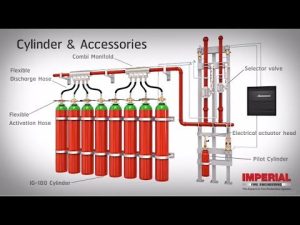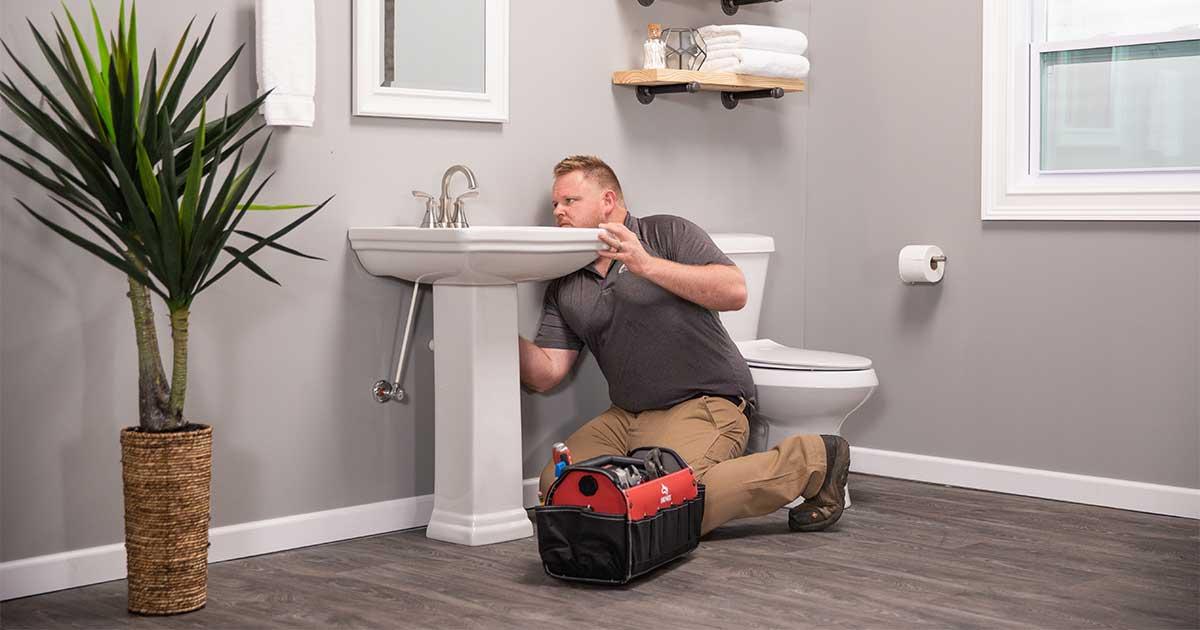Plumbing systems are an essential part of any building in Australia, from residential homes to commercial and industrial facilities. The different types of plumbing systems used in Australia have their unique features and requirements. In this article, we’ll take a closer look at the most common types of plumbing systems used in Australia and how they work.
Water Supply System
The water supply system is the foundation of any plumbing system. It consists of a network of pipes that deliver clean water to the building from a public water source or a private well. In Australia, the water supply system is typically connected to the mains water supply, and the internal plumbing distributes the water throughout the building. The internal plumbing consists of several different types of pipes, including copper, PEX, and PVC.
Copper pipes are the most commonly used type of internal plumbing in Australia. They are durable, long-lasting, and resistant to corrosion. PEX pipes are also popular in Australia. They are flexible, easy to install, and affordable. PVC pipes are often used for drain and vent systems, but they can also be used for water supply lines.

Drainage System
The drainage system is responsible for removing wastewater from the building and directing it to a treatment plant or septic system. It consists of several different components, including drain pipes, sewer pipes, and vents.
Drain pipes are used to remove wastewater from sinks, showers, and toilets. In Australia, drain pipes are typically made of PVC or ABS plastic and are installed beneath the floor or behind the walls.
Sewer pipes, on the other hand, are used to carry wastewater from the building to the treatment plant or septic system. In Australia, they are typically made of PVC and are installed underground.
Vents are an essential component of the drainage system. They prevent air pressure from building up in the drain pipes, which can cause blocked drains throughout the building. Vents are typically installed on the roof of the building and are connected to the drain pipes with a network of pipes and fittings.
Gas Plumbing System
The gas plumbing system is responsible for delivering natural gas or propane to the building for heating and cooking. It consists of a network of pipes that run from the gas metre to the various appliances in the building.
In Australia, gas pipes are typically made of copper or polyethylene and are installed underground or inside the walls. They must be installed by a licensed plumber to ensure they meet local building codes and safety regulations.
Fire Suppression System
Fire suppression systems are designed to prevent and extinguish fires in a building. They consist of a network of pipes that are connected to a water source and sprinkler heads that are strategically placed throughout the building.
In Australia, fire suppression systems are required by law in many commercial and industrial buildings and are often installed in residential buildings as well. They must be installed by a licensed plumber and meet local building codes and safety regulations.
Solar Plumbing System
Solar plumbing systems are becoming increasingly popular in Australia as more people look for ways to reduce their reliance on traditional energy sources. They use solar panels to capture energy from the sun and convert it into heat, which is then used to heat water for consumption.
In Australia, solar plumbing systems consist of several different components, including solar panels, a heat exchanger, and a storage tank. The solar panels capture energy from the sun and transfer it to the heat exchanger, which heats the water. The water is then stored in the storage tank until it is needed.
In conclusion, the plumbing systems used in buildings in Australia are diverse and essential to their proper functioning. From the water supply system that delivers clean water to the building, to the drainage system that removes wastewater, to the hot water system that provides fuel for heating and cooking, each system has its unique features and requirements.

Fire suppression systems are required by law in many commercial and industrial buildings in Australia, while solar plumbing systems are becoming increasingly popular as people look for ways to reduce their reliance on traditional energy sources. Therefore, it’s crucial to work with licensed plumbers who have expertise in installing, maintaining, and repairing different types of plumbing systems to ensure they meet local building codes and safety regulations.
Understanding the different types of plumbing systems used in Australia is essential not only for building owners and managers but also for homeowners who want to ensure the safety and functionality of their plumbing systems. By being aware of the different types of plumbing systems and their requirements, individuals can make informed decisions about their plumbing needs and hire qualified professionals to help them install and maintain their systems.
Contact Clearwater plumbing your qualified expert for any plumbing needs.
